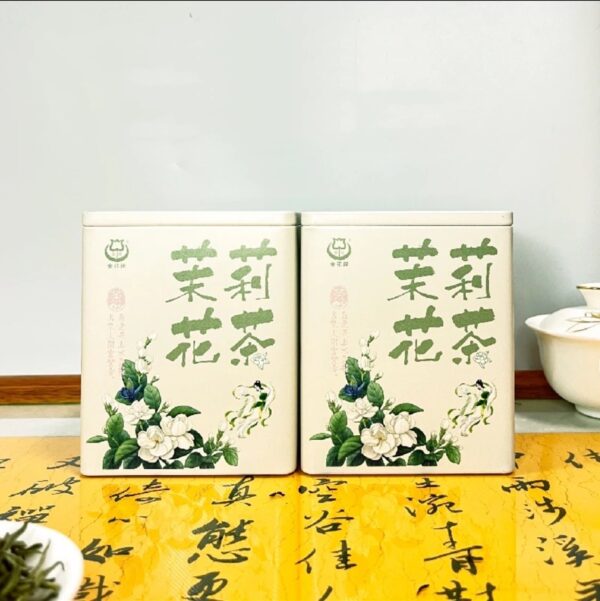Jasmine Tea: A Fragrant Journey Through Tradition and Flavor

# Jasmine Tea: A Fragrant Journey Through Tradition and Flavor
The Origins of Jasmine Tea
Jasmine tea has been enchanting tea drinkers for centuries with its delicate floral aroma and smooth taste. Originating in China’s Fujian province during the Song Dynasty (960-1279 AD), this fragrant infusion represents one of the most beloved scented teas in the world. The tradition of scenting tea with jasmine blossoms developed as a way to enhance the natural flavors of tea leaves while adding a touch of floral elegance.
The Art of Jasmine Tea Production
Creating authentic jasmine tea remains a labor-intensive process that requires perfect timing and skilled craftsmanship. Tea producers typically use green tea as the base, though white and black tea varieties are sometimes used. The jasmine flowers are harvested during the day when their buds are tightly closed, then stored until nightfall when they naturally bloom and release their intoxicating fragrance.
Keyword: jasmine tea
The traditional method involves layering tea leaves with fresh jasmine blossoms, allowing the tea to absorb the floral scent over several nights. This process may be repeated multiple times with fresh flowers to achieve the desired intensity of aroma. The highest quality jasmine teas undergo this scenting process seven or more times.
Health Benefits of Jasmine Tea
Beyond its delightful taste, jasmine tea offers numerous health benefits:
- Rich in antioxidants that help combat free radicals
- May support heart health and lower cholesterol
- Contains calming properties that can reduce stress
- May aid in digestion and weight management
- Potential immune-boosting effects
Brewing the Perfect Cup
To fully appreciate jasmine tea’s complex flavors, proper brewing is essential:
- Use fresh, filtered water heated to 175-185°F (80-85°C)
- Measure approximately 1 teaspoon of tea leaves per 8 oz cup
- Steep for 2-3 minutes for green tea base, 3-5 minutes for white tea base
- Enjoy plain to appreciate the natural flavors, or add a touch of honey if desired
Modern Variations and Uses
While traditional jasmine tea remains popular, contemporary variations have emerged:
Jasmine Pearl Tea: Hand-rolled tea leaves that unfurl beautifully when steeped
Jasmine Oolong: Combines jasmine fragrance with oolong’s complex flavor profile
Culinary Uses: Jasmine tea is increasingly used in desserts, cocktails, and savory dishes
A Timeless Tradition
Jasmine tea continues to captivate tea enthusiasts worldwide, offering a sensory experience that bridges ancient tradition with modern enjoyment. Whether sipped for its health benefits, appreciated for its artisanal production, or simply enjoyed for its delightful flavor, jasmine tea remains a testament to the enduring appeal of nature’s fragrant gifts.